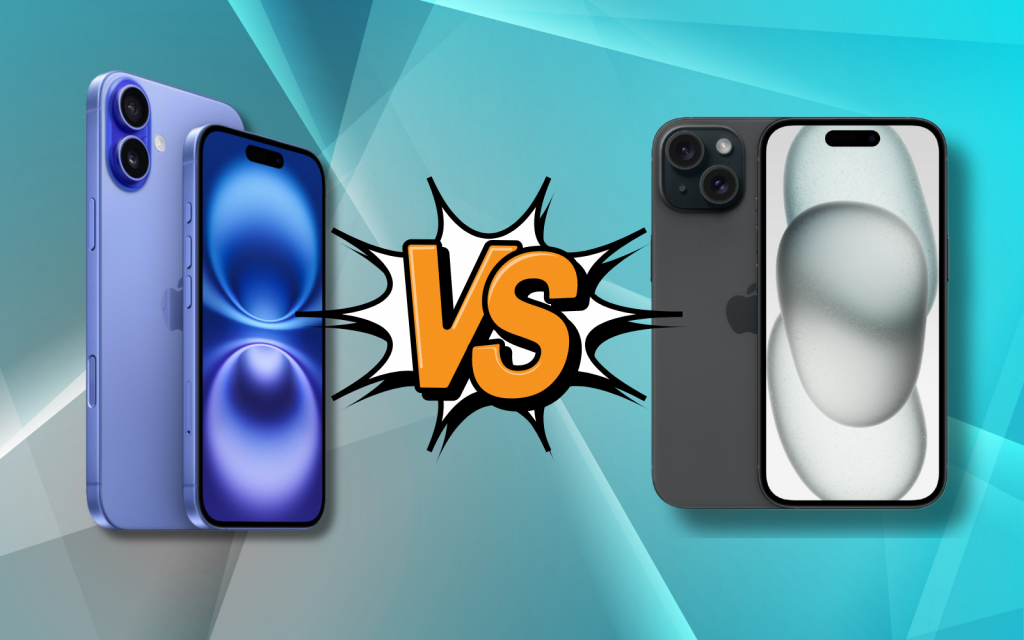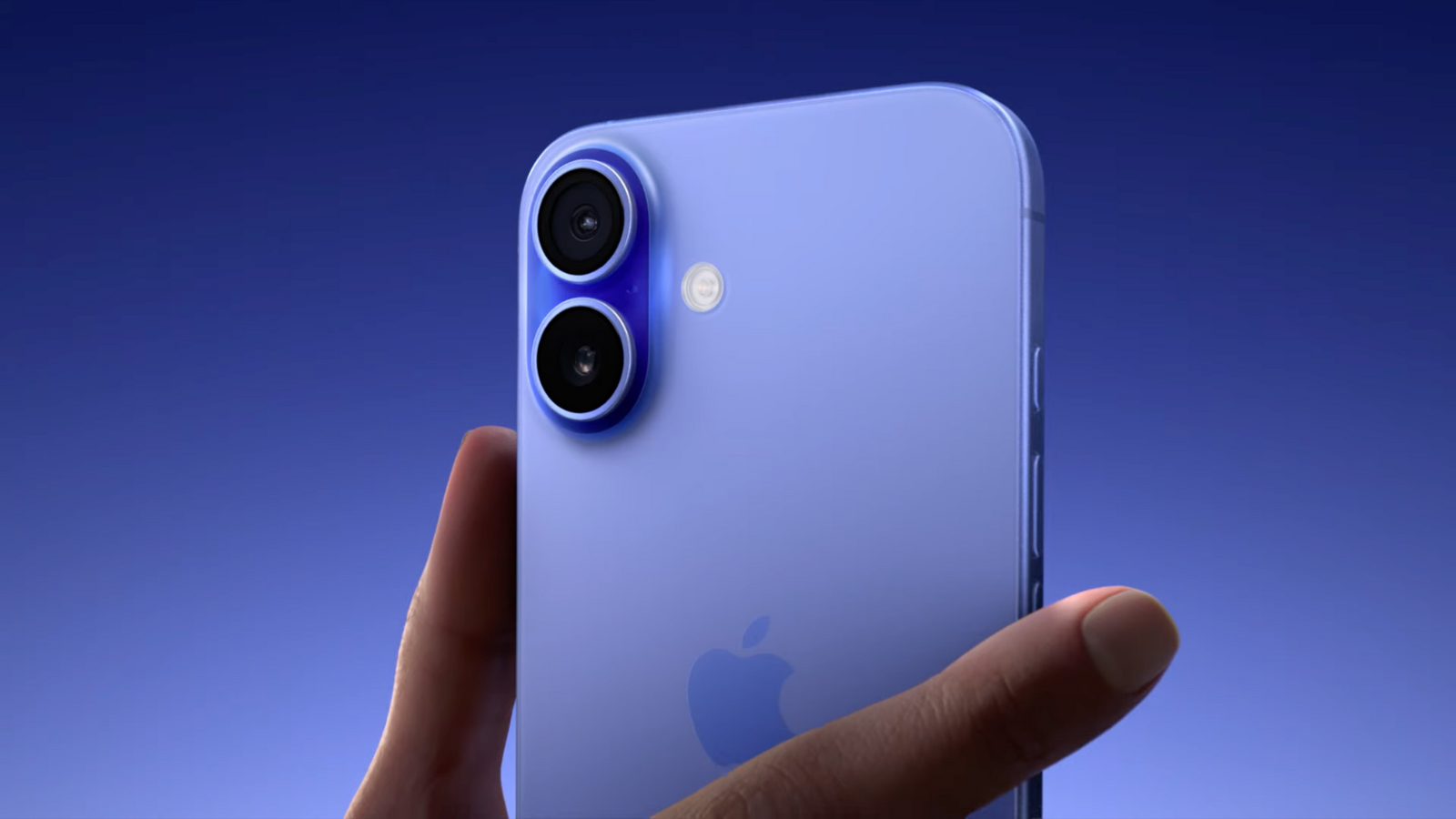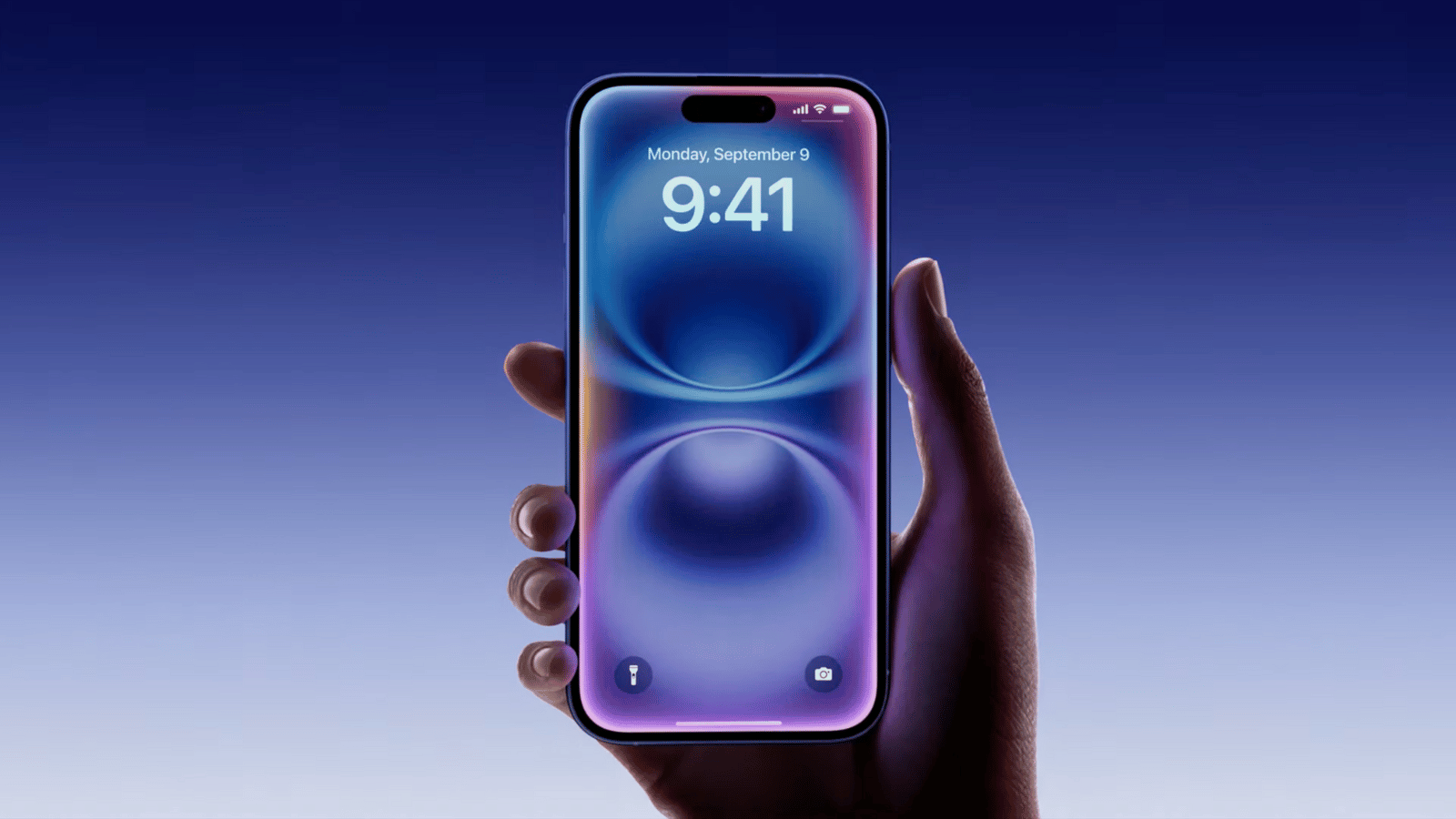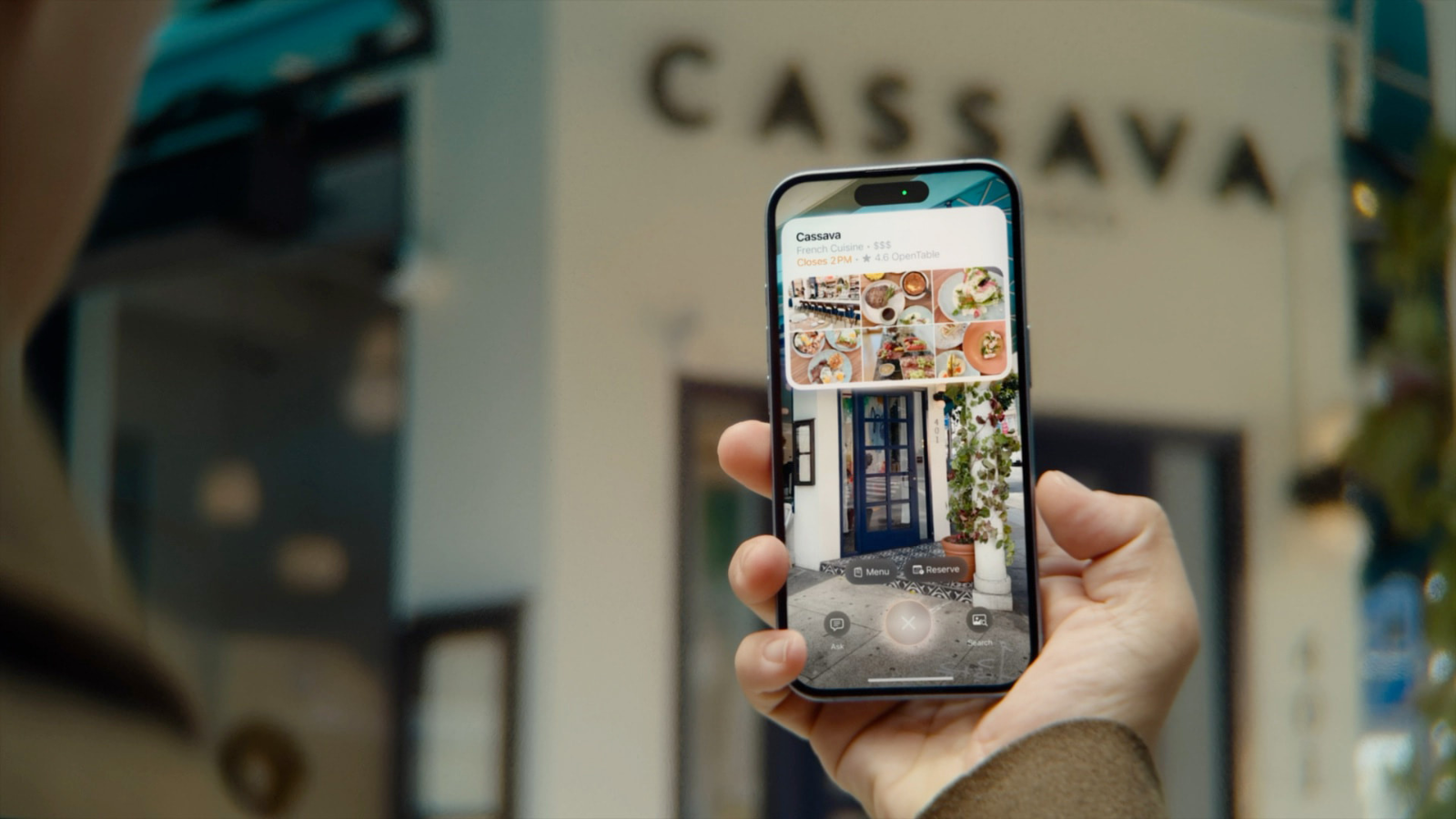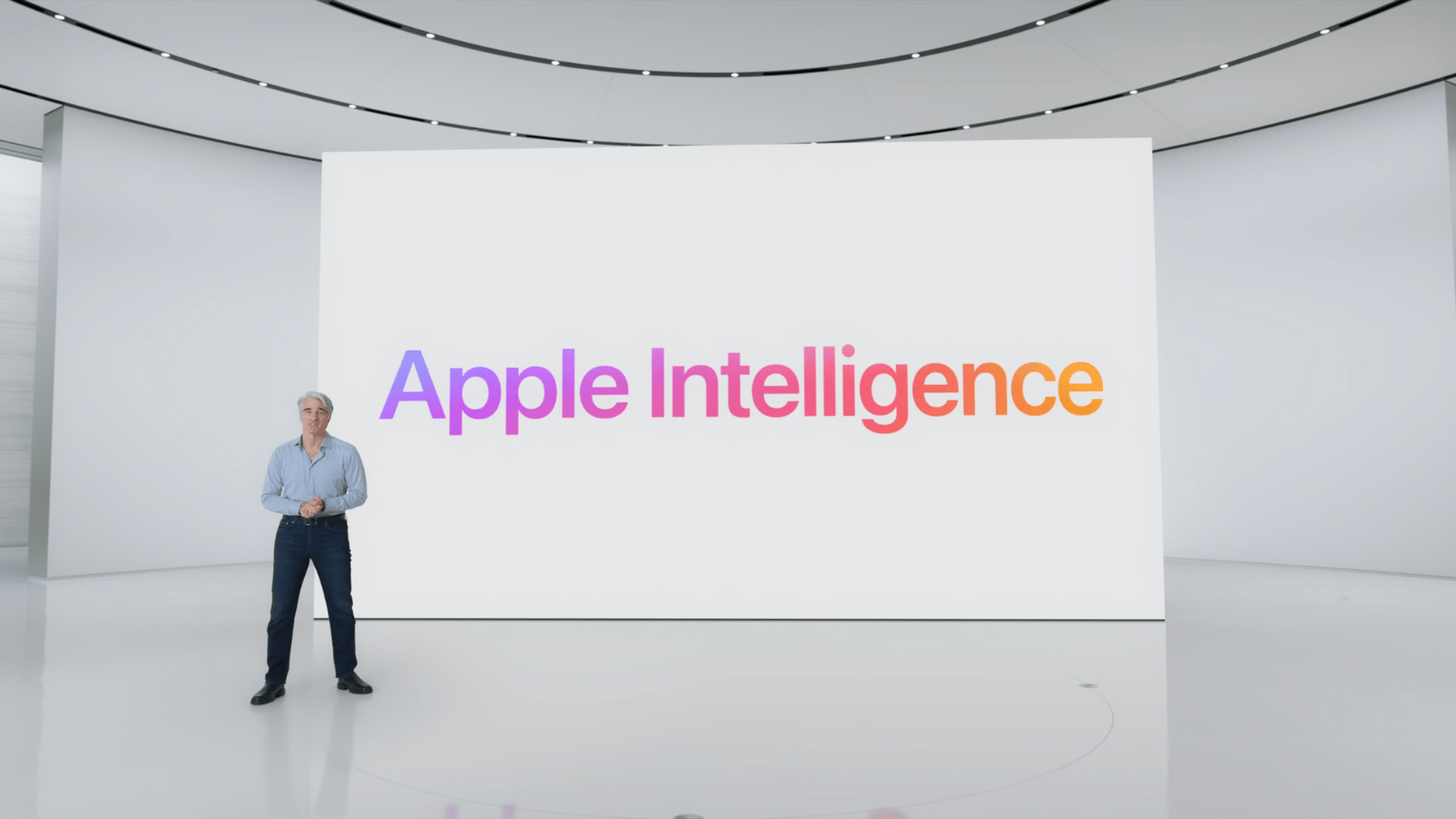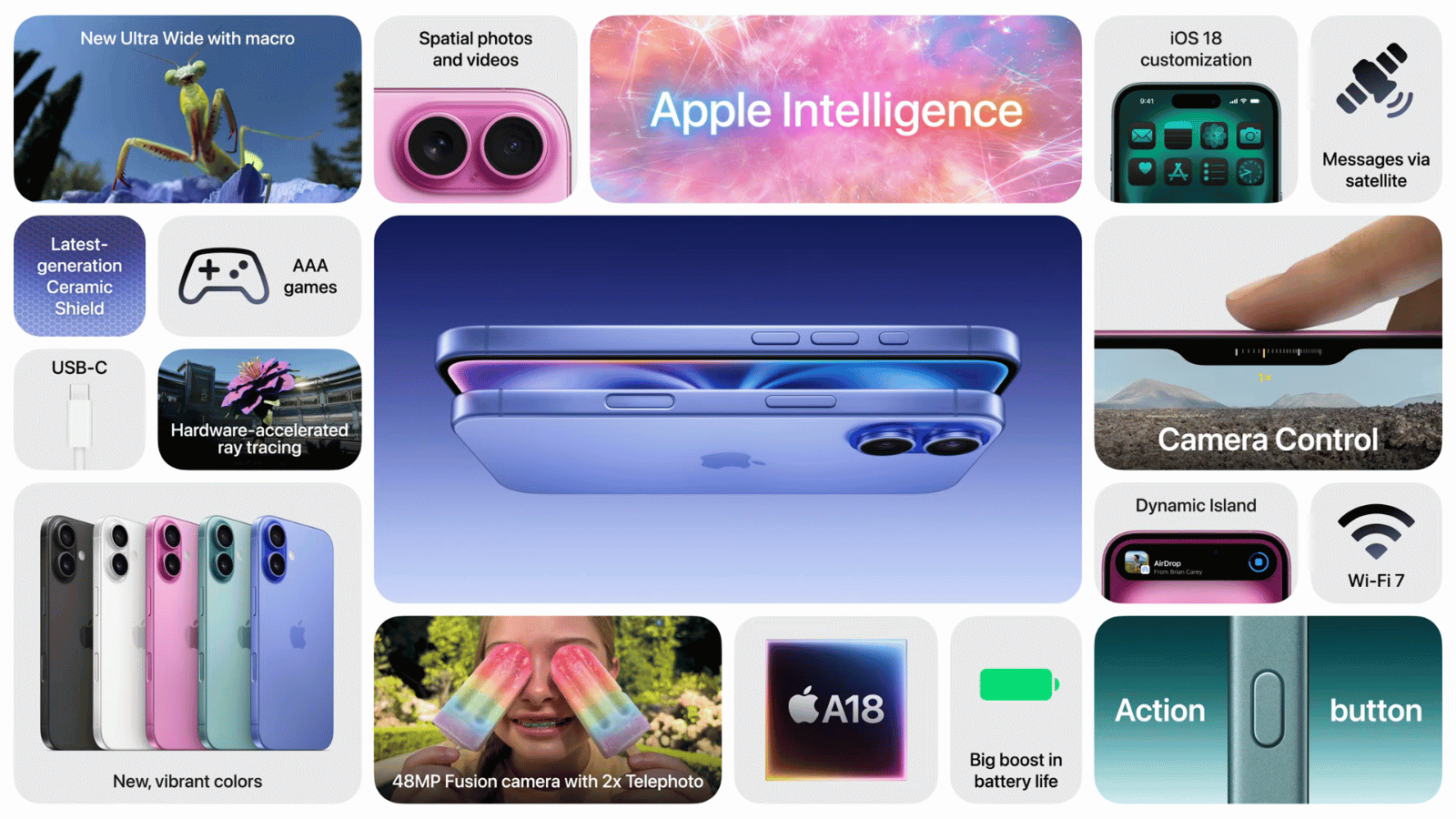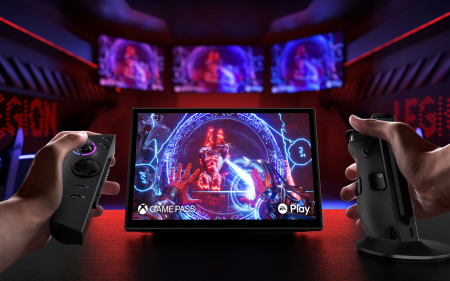Oh, look. It’s September. It’s time to once again ask: do you really need the latest iPhone 16? Apple, obviously, has its own views on the subject (see the $800 starting price), as do the condemnatory, sarcastic folks on this side of Stuff.
You can probably see where we’re going with this. Apple has, as usual, done the bare minimum. If you were lined up to pick up an iPhone 15 last year, we’d recommend skipping the leg workout and sticking to the couch instead. It’s not like you’re missing out on much. If you’re repping an iPhone 14? An upgrade is an option.
Pushin’ buttons
So, what’s new? Have you not been listening? Not much. That’s kinda the whole point of that snarky-as-hell intro. Apple has at least done customers not coming over from an iPhone 15 Pro or Pro Max the courtesy of including two, entirely ‘new’ buttons that you’ll want to become friendly with.
The first is the customisable Action Button that’ll turn into… whatever you want it to be. It’s 2024, after all. A calendar summoner by day, and a flashlight turn-onner at night? We’ll leave the decision up to you – as long as it doesn’t involve calling up the camera at a moment’s notice.
That’s a job for the other new button, sitting flush against the phone’s edge underneath the iPhone 16’s power key. Tapping it instantly brings the camera to the forefront, and with a little practice, you’ll be able to snap pics with another tap, record videos with a long hold, and zoom with just two light taps.
Oh, and the cameras making up the rear are stacked vertically now.
OLED on display
If you were hoping for a bump from the iPhone 15’s 60Hz display to match the industry standard of 120Hz, we’ll let you down gently. Apple has, more or less, replicated the display fixed to the iPhone 15’s front, matching (almost) everything from the 6.1in Super Retina XDR OLED tech down to the 460ppi pixel density.
A mimicked screen isn’t an entirely bad thing, though. Apple’s displays have always been some of the best in the biz, and that hasn’t changed here – with the return of HDR10, Dolby Vision, and the exceptional Dynamic Island we saw introduced in the iPhone 14 Pro and up, all ensuring a quality product no matter the middling frame rate.
Actual differences? Expect a much brighter display this time around, reaching a peak nit brightness of 2,000 to give your Netflix games a boost. Is it enough to justify the roughly R22,000 starting price for only 128GB of storage? Not in our book.
Vertically and physically stacked
Rather than stiff new owners with a processor from last year’s Pro models, Apple’s taken a turn by including a whole new chipset, unsurprisingly going by the name A18. It’s not quite up to the standard of the new Pro variant, but it’ll get the job done, and get it done well. We don’t mean general, everyday use. We’d argue any of Apple’s chipsets released over the last five years are up to the task. We’re talking about the more serious stuff.
That’s image editing, fiddling around with Apple Intelligence, and of course, AAA gaming. Apple reckons the upgraded 16-core Neural Engine is more than capable of delivering a fine experience when engaging with artificial intelligence, doubling the machine-learning performance you’d find on the iPhone 15’s A16 chip.
Where the A18 does excel over its predecessors is its ability to boot up Resident Evil or Assassin’s Creed: Mirage (among others) on that little 6.1in display the iPhone 16 is working with (though we’re not sure why you’d want the latter other than to brag to your friends). You can thank the new five-core GPU for being “up to 40 percent faster and 35 percent more efficient than A16 Bionic.”
Other than the fact those cameras are stacked vertically, don’t expect much in the way of upgrades to the tech inside. It still features a 48MP main snapper and a 12MP ultrawide sensor to back it all up – which at least touts a wider aperture, better light collection, and some autofocus to nail those macro shots. Stacking the cameras this way allows users to capture Spatial Video at 30fps which might make the iPhone 16 a worthy upgrade for budding photographers looking to save a buck.
Apple, Intelligence
Notice the comma in our sub-header there? That represents the gap between Apple Intelligence’s arrival in December this year, and the iPhone 16’s launch next week. Despite being one of the few personality traits the new iPhone has going for it, those owners who stick to their guns (and iPhone 15 Pro or 15 Pro Max) will be rewarded for their patience when they get to play around with Apple’s AI.
Still, even with Apple’s reluctance to minimize Apple Intelligence’s availability to its latest flagships, the vanilla iPhone 16 will be the cheapest point of entry for anyone who thinks AI features are a must once local pricing for Apple’s new kit is announced sometime this week (pre-orders go live tomorrow).
Should you buy the iPhone 16?
And then there’s the biggest question of this whole debate: pricing. The iPhone 16 was announced with the same $800 price tag (for 128GB of storage) but local pricing has yet to be determined at the time of writing. We’re expecting it to go as low as R22,000 – but expect the worst. This is still Apple we’re talking about. If that’s a figure you’d consider loose change – and you don’t already have an iPhone 15 in your pocket – it might be worth the time to stand in line for Apple’s latest and greatest, if only for the gaming powers alone.

